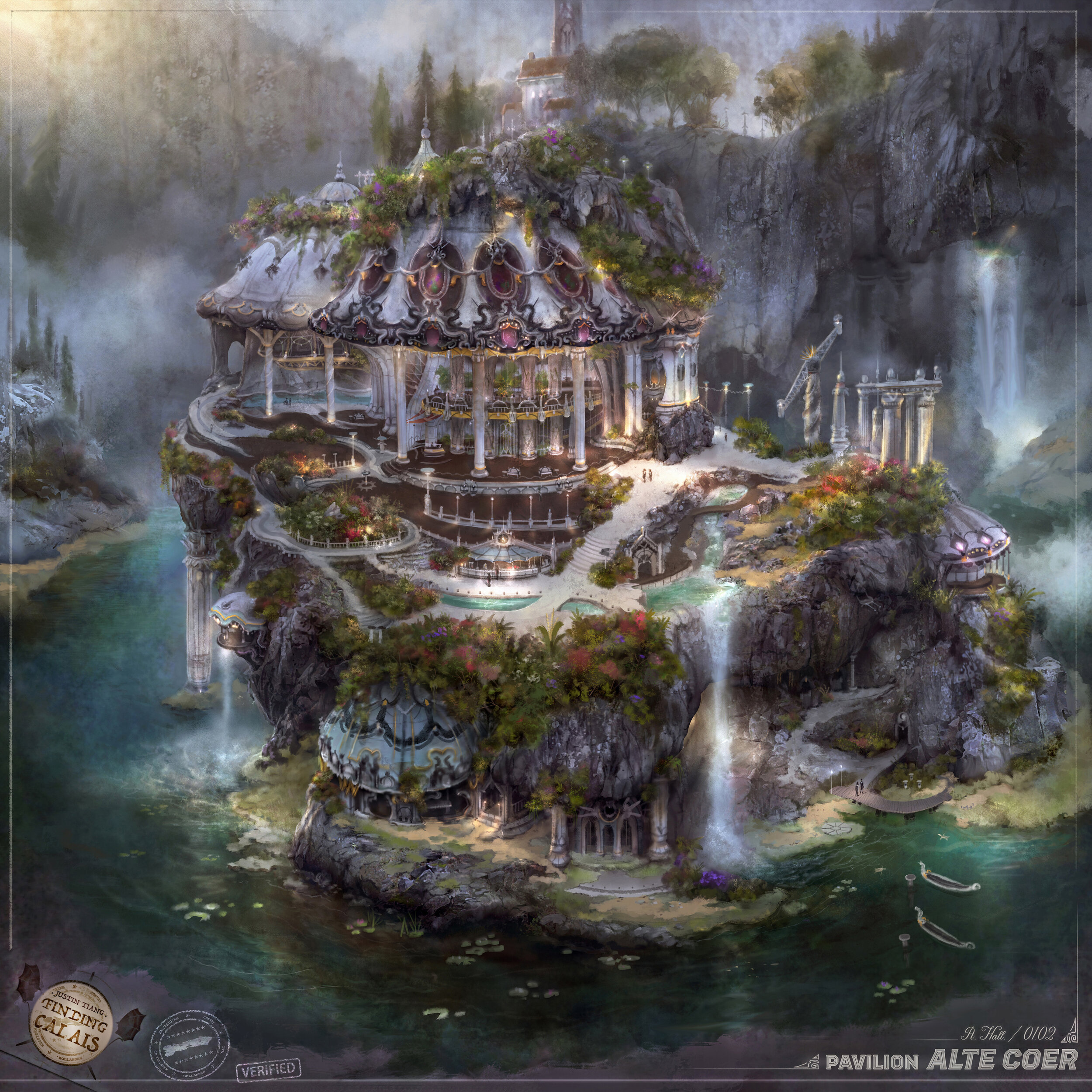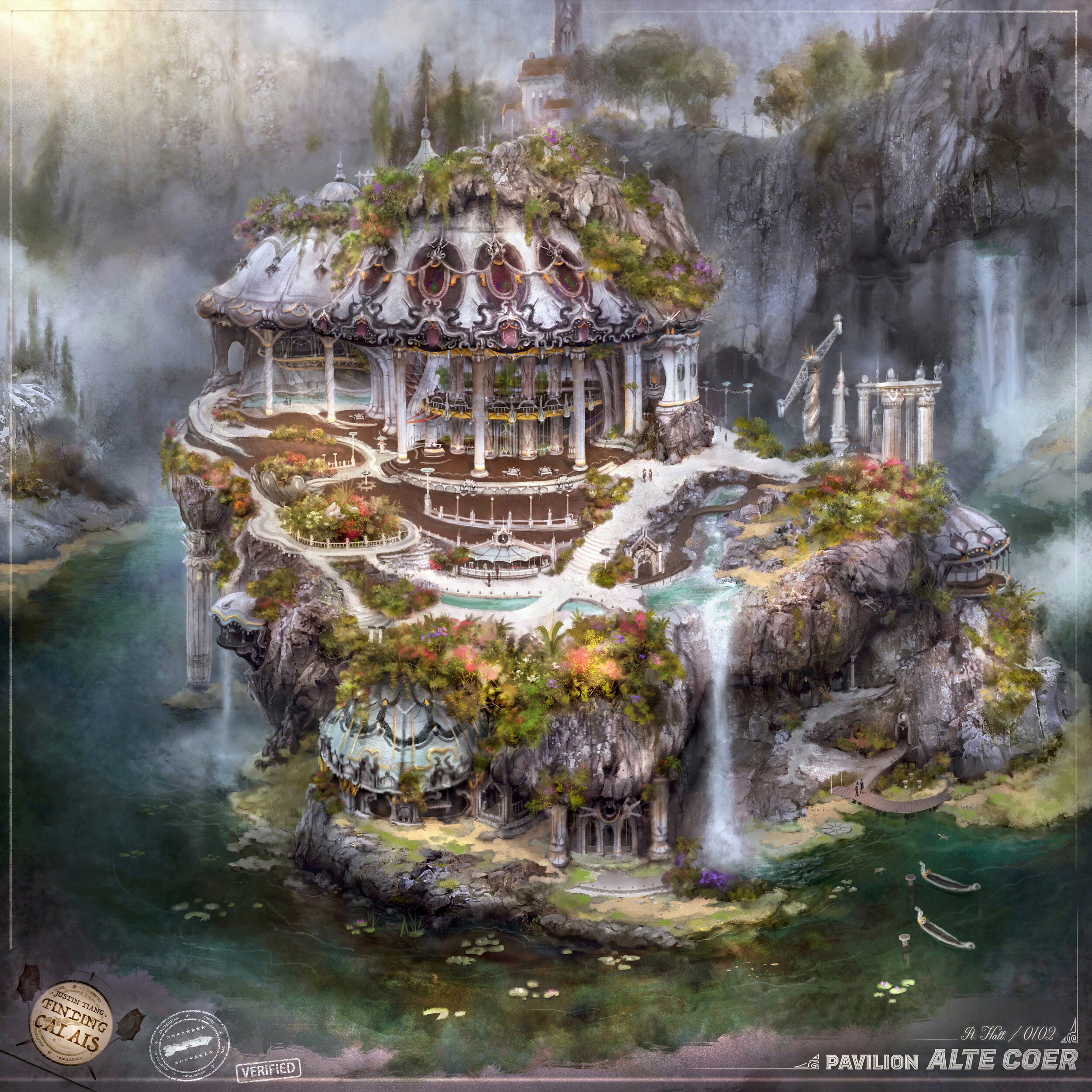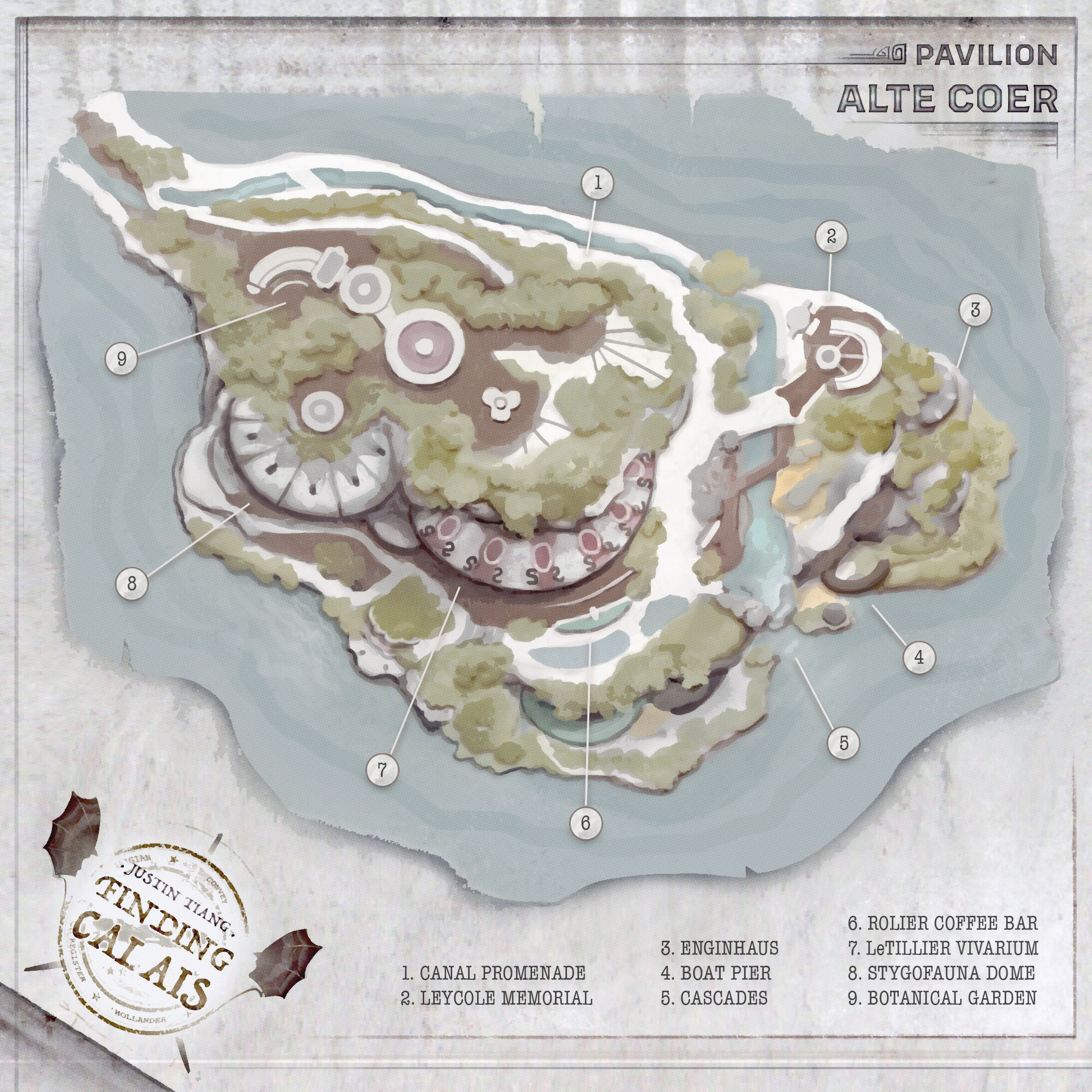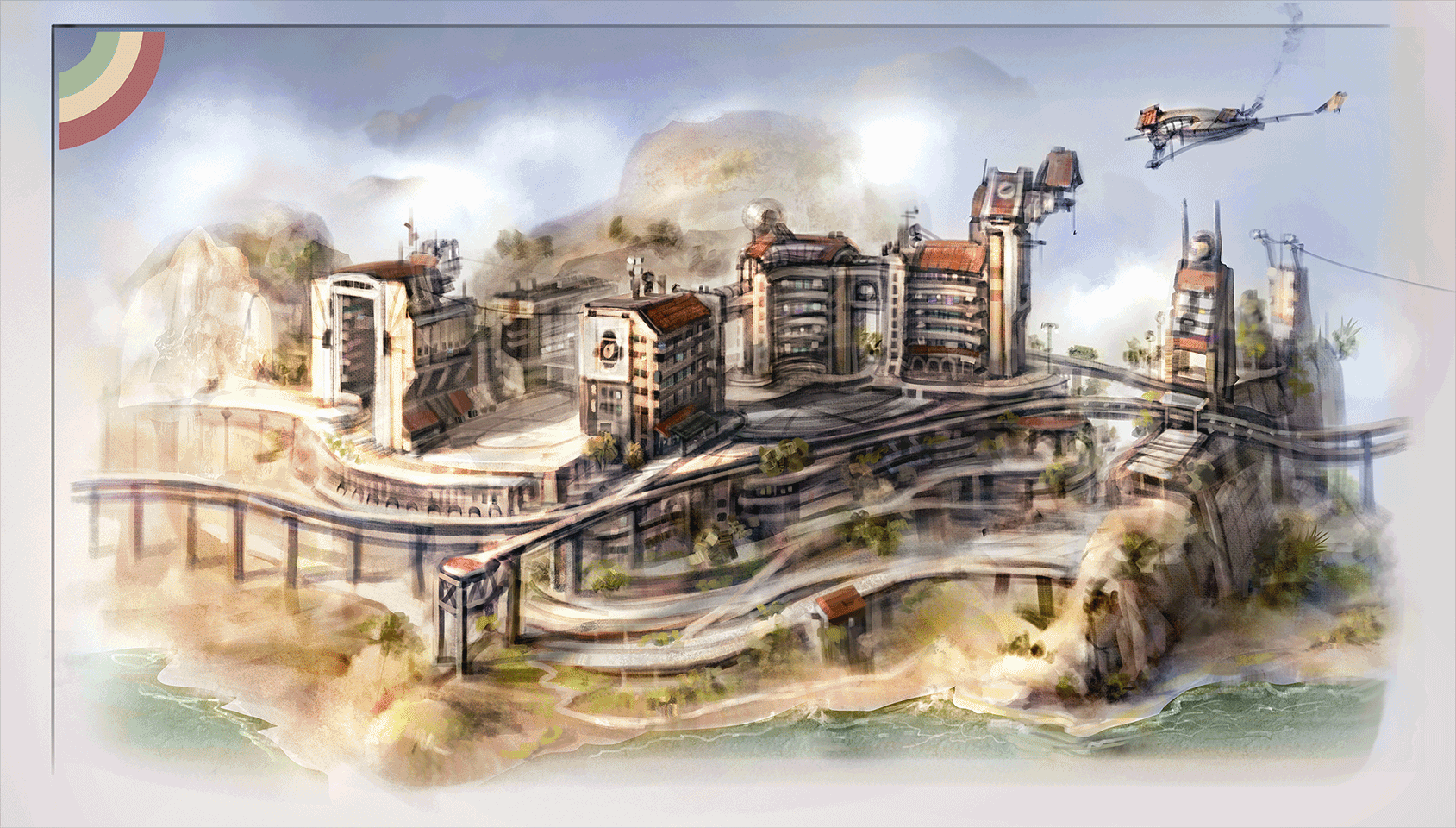contact: <tiang.pong@gmail.com>
Welcome to the web home of the worlds Finding Calais and Pastel Skycubes.
Click on either of the two buttons above to view everything associated with either world that I understand to be canon!
As an image-maker (and writer of wordy captions) I am pledged to humanity’s sense of Wonder, and the hope that aesthetic traditions we’ve inherited from the past will have a place in our future. I do hope you’ll connect with at least some of the things that surface in the two worlds I’ve made it my life’s business to explore and catalogue.
Thank you for visiting.
~ THANK YOU FOR VIEWING ~







